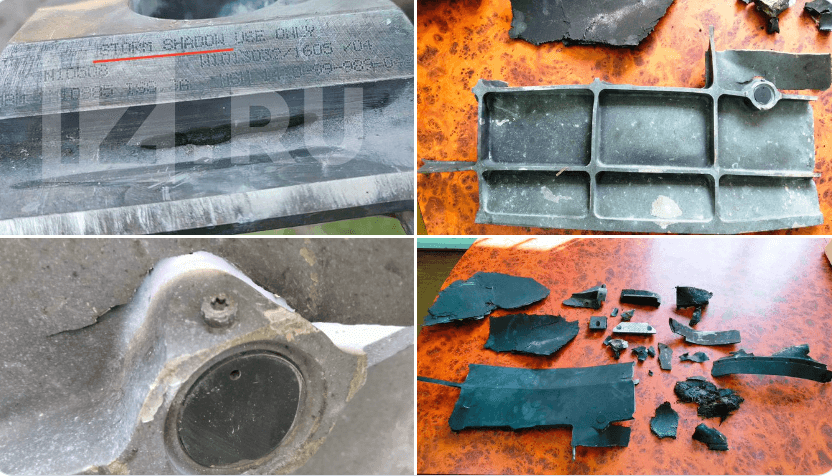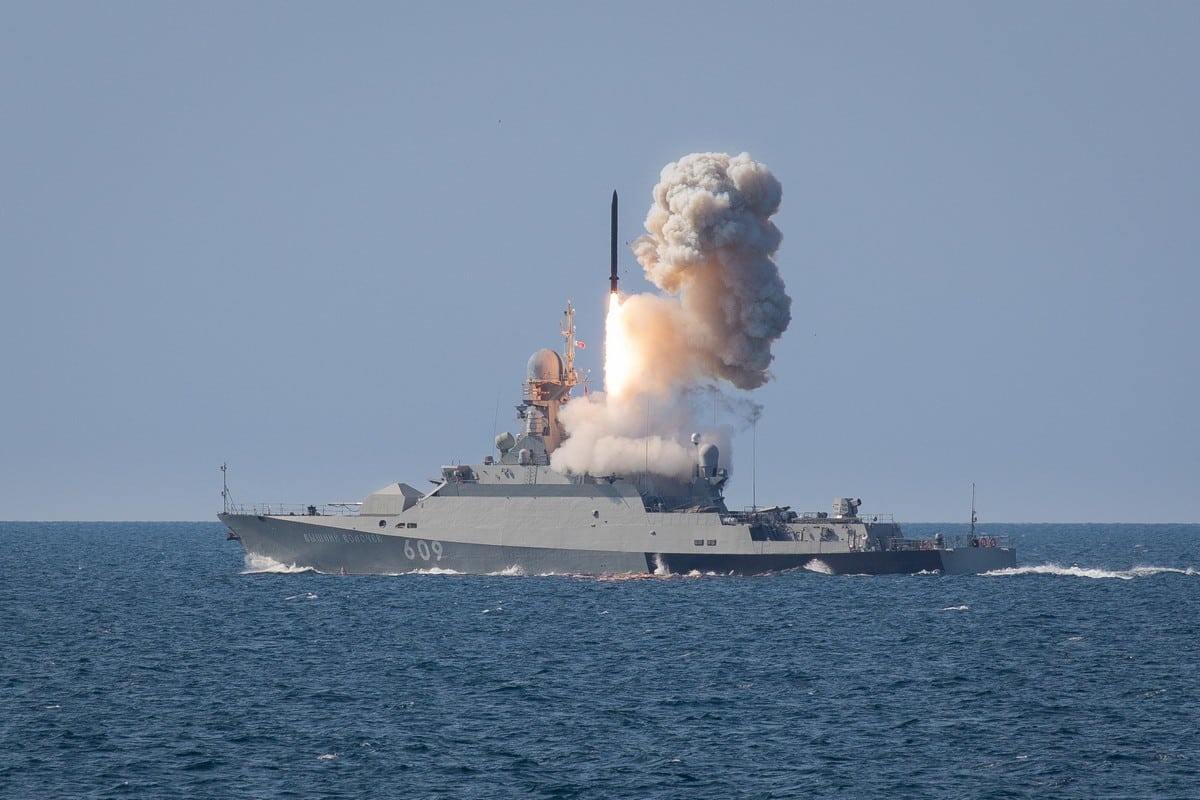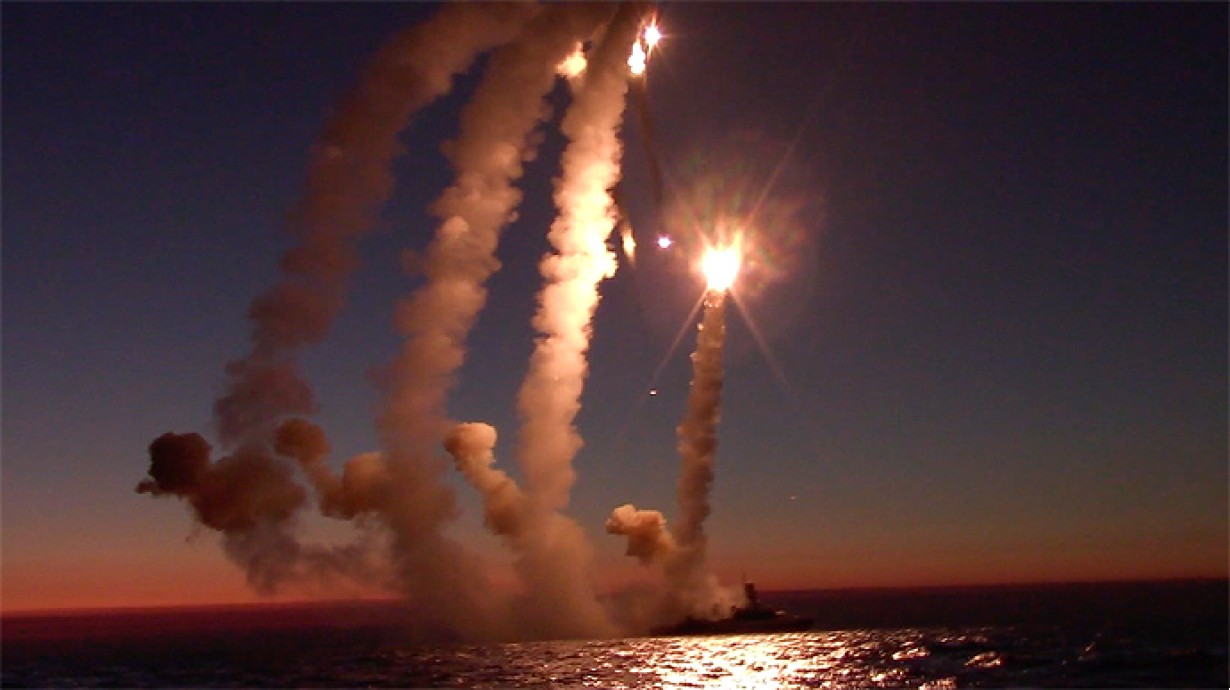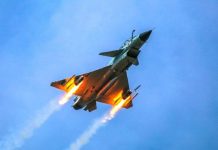US National Security Council Strategic Communications Coordinator John Kirby said he could not confirm the reports that Russian air defense systems shot down a British-origin Storm Shadow cruise missile.
“On the Storm Shadow. I cannot confirm those reports,” Kirby said during a briefing Monday.
Kirby added, the US still has no plans to ship long-range missiles to Ukraine, even though the UK made such a decision. “There’s been no change to our approach in terms of long-range missiles like the ATACMS,” he said.
On Monday, the Russian Defense Ministry claimed that its air defenses intercepted a Storm Shadow long-range cruise missile for the first time.
Air defense systems intercepted seven HARM anti-radar missiles, one Storm Shadow long-range cruise missile, and ten HIMARS multiple rocket launchers during the day, the RuMoD claimed in its Telegram post.
Despite claims, Russia, so far, has failed to show any concrete evidence of the downing of British Storm Shadow missiles. On the contrary, images of fragments of the missiles have widely appeared on social media, which confirm that Ukraine has used the missiles against the Russian military.

Russia Looks To Disrupt Ukrainian Counteroffensive
The UK Defense Ministry on May 12 reported that Russia sees cruise missiles, like the Kalibr, as important weapons for carrying out strikes deep inside Ukraine’s borders to disrupt any anticipated counteroffensive.
The UK MoD highlighted that during the night of May 8-9, 2023, the Black Sea Fleet vessels of the Russian Navy deployed eight SS-N-30a SAGARIS land attack cruise missiles (LACMs) to target Ukraine.
This marks the second recorded instance of Russian Navy LACM use since March 9, 2023. The recent intelligence update from the ministry reveals that the Russian Navy frequently employed Kalibr missiles to carry out attacks on Ukraine until March 2023.
However, there was a temporary suspension in their usage to allow for the replenishment of reserve stocks.
Additionally, Russia considers Kalibr missiles to not only serve as a means to disrupt Ukraine’s expected counteroffensive in the short term but also to play a crucial role in any hypothetical conflict with NATO.
Latest Defence Intelligence update on the situation in Ukraine – 12 May 2023.
Find out more about Defence Intelligence's use of language: https://t.co/TFZgYiOUlV
?? #StandWithUkraine ?? pic.twitter.com/0Xaz39oL9C
— Ministry of Defence ?? (@DefenceHQ) May 12, 2023
The update concludes that Russian commanders face numerous dilemmas, including effectively utilizing these scarce and costly weapons.
The prolonged war in Ukraine has exceeded their initial expectations, posing additional challenges for strategic decision-making.
In a report on May 12, CNN revealed that Ukraine’s Armed Forces have embarked on crucial “shaping operations” in preparation for the highly anticipated counteroffensive.
This strategic maneuver, developed as a standard tactic before major joint operations, entails precise strikes on key objectives, including weapons depots, command centers, armored vehicles, and artillery systems.

The aim is to meticulously prepare the battlefield, paving the way for the advancing force and maximizing their chances of success.
On May 11, BBC reported that President Volodymyr Zelensky said Ukraine required “a little more time” to initiate its highly anticipated counteroffensive, as the country is still awaiting the delivery of committed military aid.
Russian Cruise Missiles
Russia has been actively employing cruise missiles to target civilian and energy infrastructure in Ukraine specifically.
Cruise missiles, which are unmanned aerial vehicles propelled by jet engines, resemble small airplanes and can carry conventional, nuclear, or chemical warheads, making them formidable weapons for striking terrestrial targets.
In contrast to ballistic missiles, cruise missiles remain powered throughout their flight and operate within the Earth’s atmosphere.
They can be launched from various platforms such as ground, air, or sea, and possess the capability to fly at extremely low altitudes, sometimes just a few feet above the surface.
The ability of cruise missiles to operate at such low altitudes near the Earth’s surface renders them highly challenging to detect, adding to their effectiveness and tactical advantage.

Chief Master Sergeant of the Ukrainian Air Force, Kostiantyn Stanislavchuk, previously admitted that cruise missiles pose a greater challenge to Ukraine’s air defense capabilities.
Ukraine’s recent acquisition of the Patriot defense system has heightened the probability of effectively neutralizing such missiles for the Ukrainian forces.
However, there have been reports that the stockpiles of Russian cruise missiles are limited.
Earlier, US officials, including Undersecretary of Defense for Policy Colin Kahl, stated that international export controls could make it difficult for Russia to rebuild its stockpiles, especially in obtaining microchips necessary for precision-guided missiles and standoff munitions.
According to a May 2023 report from the Center for Strategic and International Studies (CSIS), Russia has reportedly utilized over 5,000 missiles and “one-way attack drones” since the commencement of the war in February 2022. The report further states that Russia has depleted a significant portion of its pre-war stockpile of precision-guided missiles during the conflict.
The report mentioned above, which characterizes Russia’s missile strike campaign as “strategically ineffective,” also highlights potential capability weaknesses of Russian missiles.
It specifically mentions incidents reported by Ukrainian authorities regarding the shoot-down of Kh-101 missiles, raising doubts about the claimed stealth features of the weapon.
The Ukrainian Air Force recently claimed they had successfully intercepted a Kinzhal hypersonic missile over Kyiv using a Patriot air defense system.
This claim challenges Russia’s assertion that the Kinzhal missile is highly difficult to intercept due to its purported ability to travel at speeds ten times that of sound.
Pentagon press secretary Brig. Gen. Pat Ryder subsequently confirmed that a Patriot system had intercepted a Russian missile over Ukraine. However, they did not disclose whether the specific missile shot down was a Kinzhal.
- Contact the author at ashishmichel(at)gmail.com
- Follow EurAsian Times on Google News




